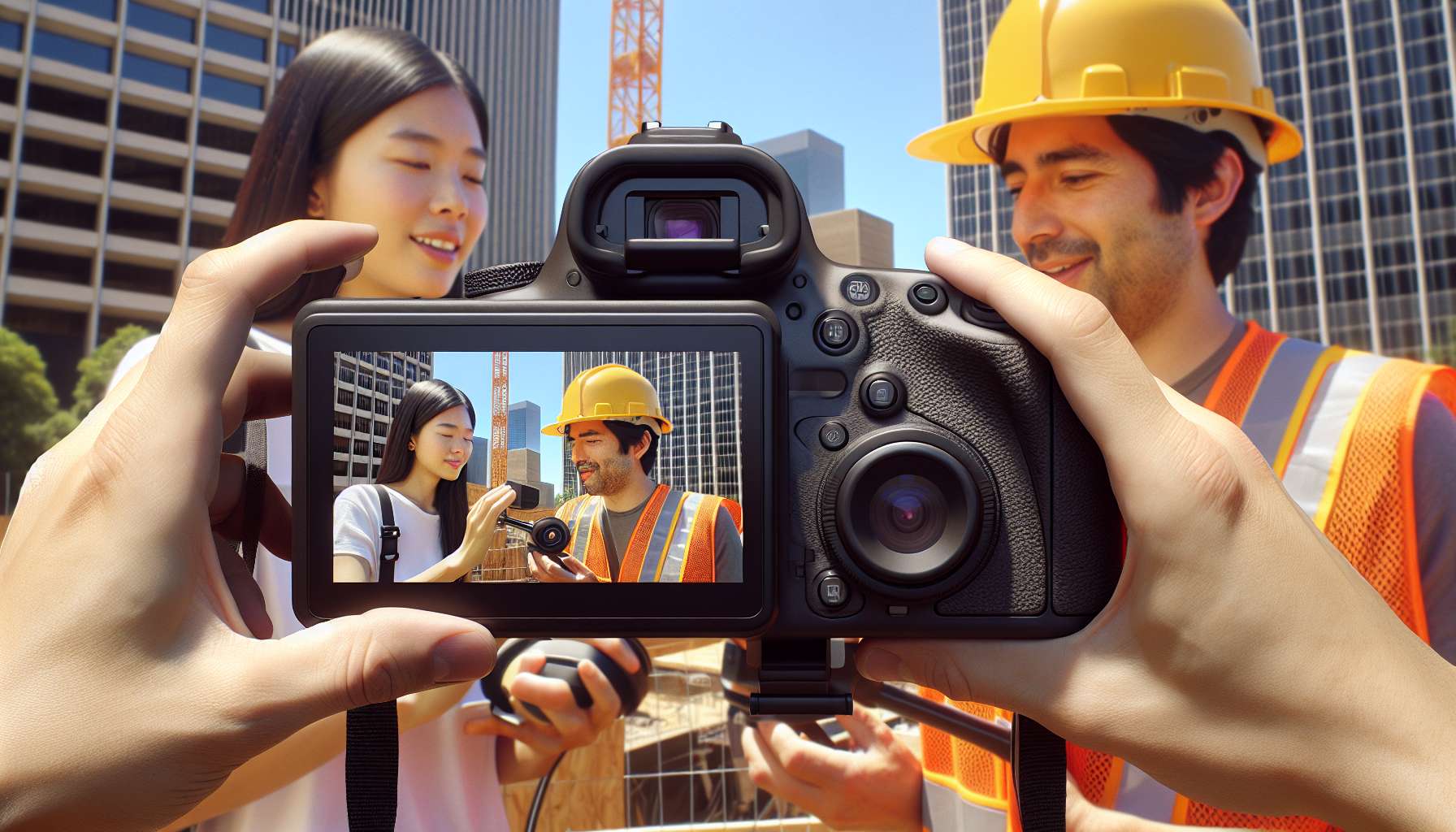Unlocking the Potential of Augmented Reality in Construction Project Visualization
When it comes to construction projects, visualizing the end result can be a challenge. Traditional blueprints and 2D drawings often fall short in conveying the full scope and complexity of a project. This is where augmented reality (AR) steps in, revolutionizing the way construction professionals plan, design, and execute their projects. In this article, we will explore how AR is changing the game in construction project visualization and uncover the exciting possibilities it brings to the table.
Enhancing Design and Planning
AR technology allows architects, engineers, and project managers to overlay digital models onto the physical environment, providing a realistic and immersive experience. By wearing AR-enabled devices, such as smart glasses or using mobile applications, construction professionals can visualize the proposed structures in real-time, right at the construction site. This enables them to identify potential design flaws, make informed decisions, and optimize the project’s layout before any physical work begins.
Imagine being able to walk through a virtual representation of a building, inspecting every detail, and assessing its impact on the surrounding environment. With AR, stakeholders can collaborate more effectively, ensuring everyone is on the same page and reducing the risk of costly errors or rework.
Improving Communication and Collaboration
One of the biggest challenges in construction projects is effective communication among various stakeholders. AR bridges this gap by providing a shared visual language that everyone can understand. Instead of relying on technical jargon or complex drawings, AR allows project teams to communicate ideas and concepts visually, fostering better collaboration and understanding.
For example, during a construction site walkthrough, project managers can use AR to overlay digital annotations, highlighting specific areas or providing instructions to the workers. This eliminates the need for lengthy explanations and reduces the chances of misinterpretation. Additionally, AR can facilitate remote collaboration, enabling experts from different locations to virtually join the project and provide real-time guidance.
Increasing Safety and Efficiency
Construction sites are inherently hazardous environments, and safety is a top priority. AR can play a crucial role in improving safety by providing workers with real-time information and guidance. For instance, AR-enabled helmets can display safety instructions, hazard warnings, and even highlight potential dangers in the surroundings.
Moreover, AR can streamline construction processes, leading to increased efficiency and productivity. By overlaying digital information onto physical objects, workers can access critical data, such as measurements, specifications, or installation instructions, without the need for physical documents or manual searches. This saves time, reduces errors, and ensures that work is carried out accurately and according to the project’s requirements.
Looking Ahead: The Future of AR in Construction
The potential of AR in construction project visualization is vast and continues to evolve. As the technology advances, we can expect even more exciting applications. For instance, AR could enable real-time monitoring of construction progress, allowing project managers to track milestones, identify bottlenecks, and make data-driven decisions.
Furthermore, AR can facilitate the integration of artificial intelligence (AI) algorithms, enabling predictive analytics and simulations. This would allow construction professionals to anticipate challenges, optimize resource allocation, and improve overall project outcomes.
In conclusion, augmented reality is transforming the way construction projects are visualized, planned, and executed. By enhancing design and planning, improving communication and collaboration, and increasing safety and efficiency, AR is revolutionizing the construction industry. As this technology continues to evolve, it is crucial for construction professionals to embrace its potential and explore how it can unlock new dimensions of planning and innovation in their projects.





